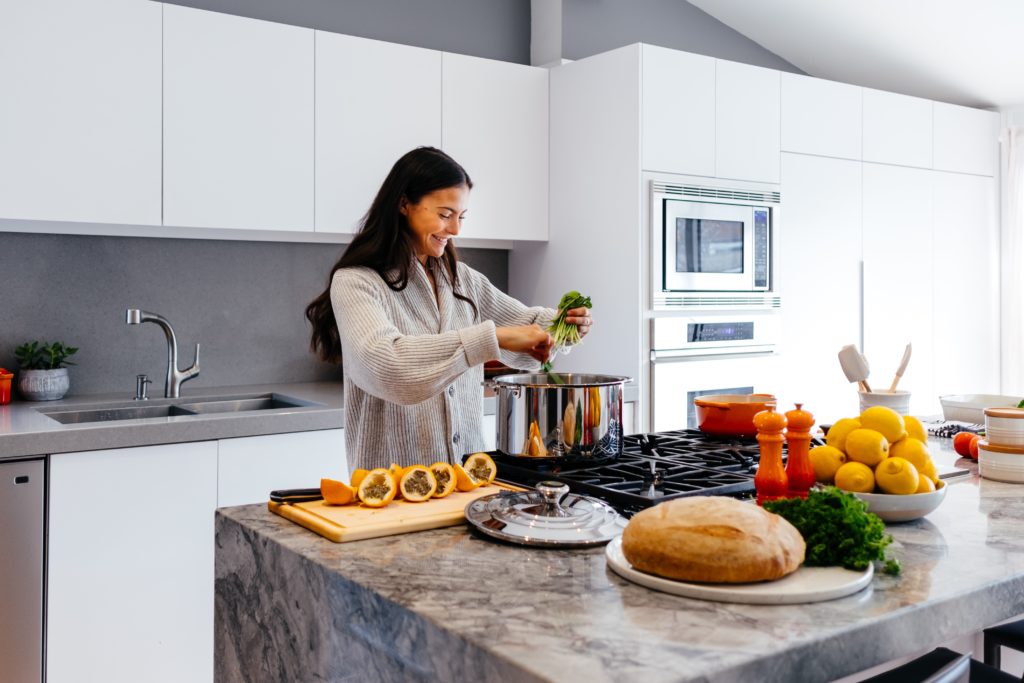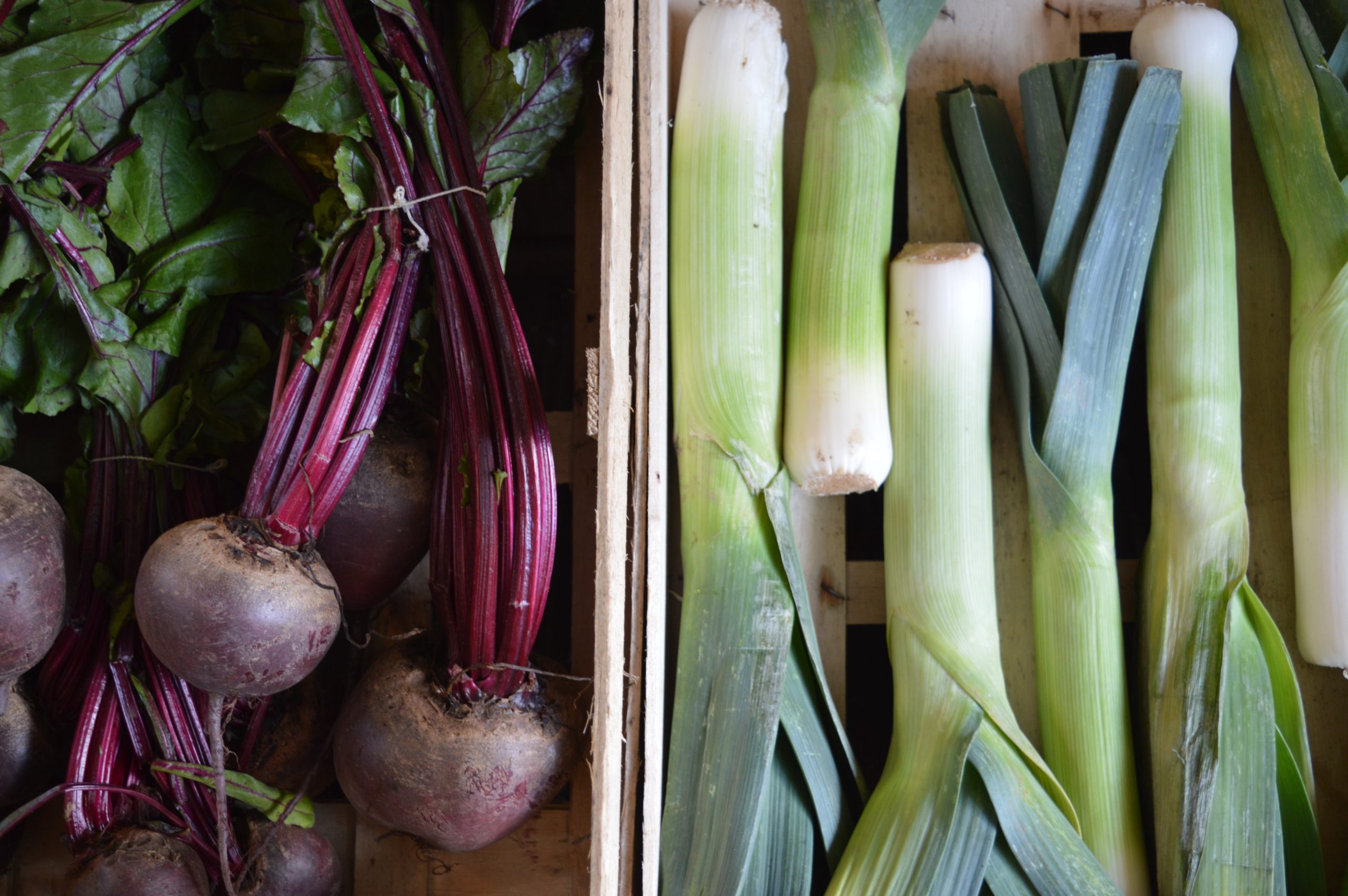For many of us at home, without access to an outdoor space, growing our own plants might not seem like a possibility. However, with a few household items such as vegetable scraps, reusable containers, and water; you might be able to have your own propagated vegetables!
According to Love Food Hate Waste Canada, an initiative by the National Zero Waste Council, 63% of the food we throw out could have otherwise been consumed. Propagating your vegetable scraps is another efficient way to divert food waste and minimize what is sent to composting facilities, it also lessens your carbon footprint.
If you are wondering how is it possible for a vegetable that has already been harvested to grow back, remember that plants need water, sunlight, and nutrients to grow. In the case of your vegetable scraps, the plant reabsorbs the nutrients from the old plant into new root and leaf growth, this is called plant propagation. It is important to note that propagating vegetables in water won’t produce enough vegetables to support your diet as a garden would, but it is a fun and exciting science project with a zero-waste initiative.

Several plants can be propagated from seemingly spent kitchen scraps; some even begin sprouting on their own if they are not used up quickly. Some vegetables that you can experiment with are the ends of lettuce, fennel, green onions, leeks, onions, and bok choy. Also, collect tops of root vegetables like carrots, beets, and radishes for propagation. Root vegetables like beets and carrots will only regrow their leaves, but won’t regrow the root. Keep in mind that not every type of vegetable will grow back, additionally, some plants are easier to regrow than others.
Are you ready to propagate your own vegetables? Let’s get started! You’re going to need a few shallow containers and your favourite vegetable scraps. Start by cutting the end or the top of a vegetable you would like to regrow, these should be at least 3 to 5 cm long, place them in containers with fresh water receiving partial sunshine. The water needs to be changed regularly, after a few days the part of the plant that is underwater will become mushy. Herbs can also be propagated, remove the lower leaves from the stem and place the stem in water, in a few days you will see new leaves and roots grow Some vegetables will grow faster than others, we encourage you to start with green onions, these are easy to grow in water because they already have roots that quickly soak up after to help the plant grow.
Next time you go out to buy produce, think about the endless possibilities of your future indoor gardening science project. Give this science experiment a try with the vegetables that you normally consume, maybe it will inspire you to one day, have a garden. Happy growing!
Want more reasons to play with your food?
Test the pH of various substances in your kitchen, and be wowed by the amazing changing colours of cabbage juice with our do-it-at-home Cabbage Juice Indicator.
